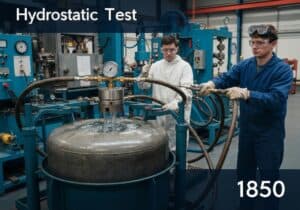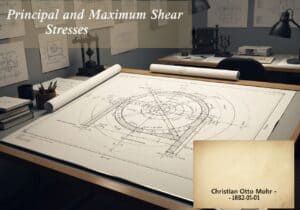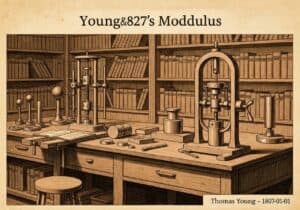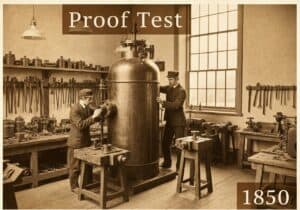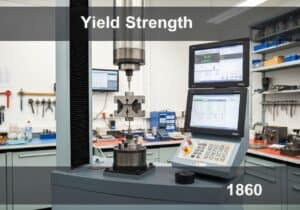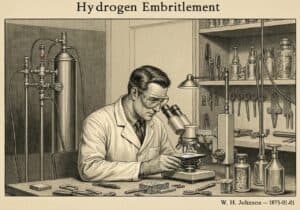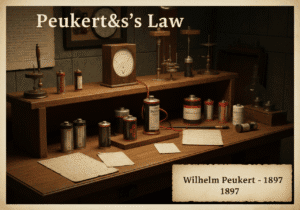A technique used in statics to determine the internal forces in specific members of a truss structure. The method involves making an imaginary cut through the members of interest, isolating a portion of the truss. By applying the three static equilibrium equations ([latex]\Sigma F_x=0[/latex], [latex]\Sigma F_y=0[/latex], [latex]\Sigma M_A=0[/latex]) to the isolated section, the unknown member forces can be solved directly.
Method of Sections

The power of the Méthode of Sections lies in its ability to find forces in members located in the middle of a complex truss without first having to solve for the forces in all the preceding members, as required by the Method of Joints. The key is to choose a section cut that passes through no more than three members whose forces are unknown. This is because there are only three independent static equilibrium equations available for a 2D rigid body.
Once the section is cut, one of the two resulting pieces of the truss is chosen for analysis. All external forces (loads and support reactions) acting on that piece are shown, along with the unknown internal forces of the cut members. These internal forces are typically assumed to be in tension (pulling on the joint). A negative result in the calculation simply indicates that the member is actually in compression (pushing on the joint). The moment equilibrium equation, [latex]\Sigma M_A=0[/latex], is particularly powerful. By summing moments about a point where two of the three unknown forces intersect, the third unknown force can often be solved for with a single equation.
Taper
Perturbation
Usage
Précurseurs
- Les lois du mouvement de Newton
- concept of static equilibrium
- free-body diagrams
- understanding of trusses as assemblies of two-force members
- Varignon’s theorem for calculating moments
Applications
- manual analysis of bridge trusses
- design of roof trusses for buildings
- analysis of crane structures
- educational tool for teaching statics and equilibrium
- quick vérification of forces in specific members from a computer analysis
Brevets:
Idées d'innovations potentielles
!niveaux !!! Adhésion obligatoire
Vous devez être membre de l'association pour accéder à ce contenu.
DISPONIBLE POUR DE NOUVEAUX DÉFIS
Ingénieur mécanique, chef de projet, ingénierie des procédés ou R&D
Disponible pour un nouveau défi dans un court délai.
Contactez-moi sur LinkedIn
Intégration électronique métal-plastique, Conception à coût réduit, BPF, Ergonomie, Appareils et consommables de volume moyen à élevé, Production allégée, Secteurs réglementés, CE et FDA, CAO, Solidworks, Lean Sigma Black Belt, ISO 13485 médical
Nous recherchons un nouveau sponsor
Votre entreprise ou institution est dans le domaine de la technique, de la science ou de la recherche ?
> envoyez-nous un message <
Recevez tous les nouveaux articles
Gratuit, pas de spam, email non distribué ni revendu
ou vous pouvez obtenir votre adhésion complète - gratuitement - pour accéder à tout le contenu restreint >ici<
Contexte historique
Method of Sections
(si la date est inconnue ou non pertinente, par exemple « mécanique des fluides », une estimation arrondie de son émergence notable est fournie)
Inventions, innovations et principes techniques connexes

